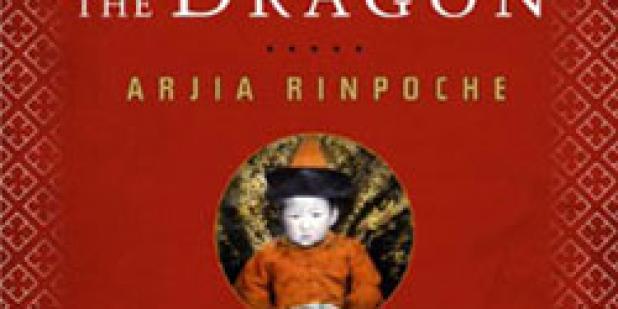Join us for a free one-day workshop for educators at the Japanese American National Museum, hosted by the USC U.S.-China Institute and the National Consortium for Teaching about Asia. This workshop will include a guided tour of the beloved exhibition Common Ground: The Heart of Community, slated to close permanently in January 2025. Following the tour, learn strategies for engaging students in the primary source artifacts, images, and documents found in JANM’s vast collection and discover classroom-ready resources to support teaching and learning about the Japanese American experience.
Surviving the Dragon: A Tibetan Lama's Life Under Chinese Rule
UC Berkeley's Center for Chinese Studies presents a talk by Arjia Rinpoche on his book, which provides a rare window into a tumultuous period of Chinese history and offers readers an uncommon glimpse inside a Buddhist monastery in Tibet.
Where

On a peaceful summer day in 1952, ten monks on horseback arrived at a traditional nomad tent in northeastern Tibet where they offered the parents of a precocious toddler their white handloomed scarves and congratulations for having given birth to a holy child – and future spiritual leader. Surviving the Dragon is the remarkable life story of Arjia Rinpoche, who was ordained as a reincarnate lama at the age of two and fled Tibet 46 years later. In his gripping memoir, Rinpoche relates the story of having been abandoned in his monastery as a young boy after witnessing the torture and arrest of his monastery family. In the years to come, Rinpoche survived under harsh Chinese rule, as he was forced into hard labor and endured continual public humiliation as part of Mao's Communist "reeducation." By turns moving, suspenseful, historical, and spiritual, Rinpoche's unique experiences provide a rare window into a tumultuous period of Chinese history and offer readers an uncommon glimpse inside a Buddhist monastery in Tibet.
Arjia Rinpoche was the Abbot of Kumbum Monastery in Amdo, one of the six great centers of Buddhism in Tibet. Born to Mongolian nomads in Eastern Tibet, he is the reincarnation of the father of Tsongkhapa, the founder of the Gelupa (Yellow Hat) Sect of Tibetan Buddhism. Rinpoche (Gegeen in Mongolian) is one of the most important religious leaders to leave Tibet since the Dalai Lama fled into exile in 1959. He is fluent in Tibetan, Chinese, and Mongolian, and since 1998, when he moved to California, he has become adept at English as well. In the year 2000, the Rinpoche established The Tibetan Center for Compassion and Wisdom (TCCW) in Mill Valley and Oakland, California to preserve and celebrate Tibetan language, arts, and to advance understanding of Tibetan Buddhism in the West. Rinpoche is the only Tibetan high lama of Mongolian descent. Since a very early age, he has trained with lineage teachers, including His Holiness the Dalai Lama and the late Panchen Lama, from whom he received many initiations and empowerments in sutric and tantric traditions.
Featured Articles
Please join us for the Grad Mixer! Hosted by USC Annenberg Office of International Affairs, Enjoy food, drink and conversation with fellow students across USC Annenberg. Graduate students from any field are welcome to join, so it is a great opportunity to meet fellow students with IR/foreign policy-related research topics and interests.
RSVP link: https://forms.gle/1zer188RE9dCS6Ho6
Events
Hosted by USC Annenberg Office of International Affairs, enjoy food, drink and conversation with fellow international students.
Join us for an in-person conversation on Thursday, November 7th at 4pm with author David M. Lampton as he discusses his new book, Living U.S.-China Relations: From Cold War to Cold War. The book examines the history of U.S.-China relations across eight U.S. presidential administrations.




